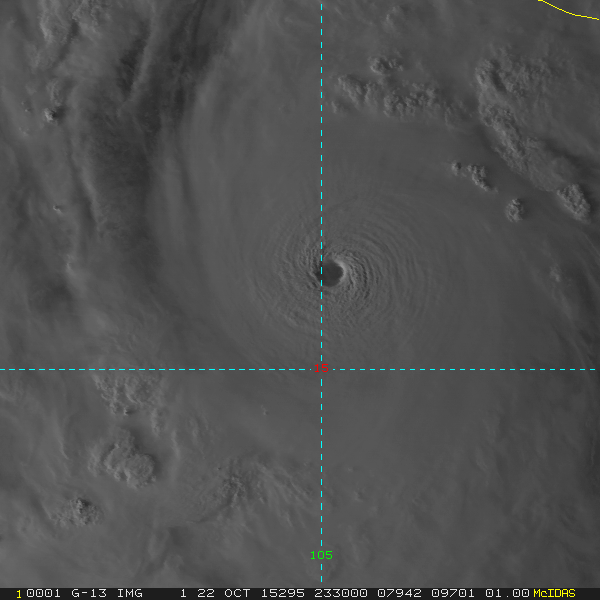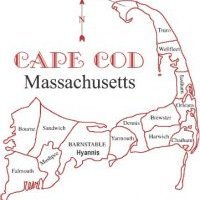-
Posts
8,736 -
Joined
-
Last visited
Content Type
Profiles
Blogs
Forums
American Weather
Media Demo
Store
Gallery
Posts posted by USCAPEWEATHERAF
-
-
Just now, CoastalWx said:
Pretty much. There just isn’t much oomph with this.
I don't see why there isn't oomph with this, as the trough tilts towards a NW to SE orientation with the shortwave that energizes the surface low? I am staying put with an additional 6-10" along the eastern MA shoreline, from Cape Cod to Cape Ann.
-
The norlun develops over Northern New England first and then slides southeastward off of PVC sometime Saturday afternoon.
-
Our snow has commenced, banding is developing east of Long Island, towards the Cape.
-
 1
1
-
-
Will, that area of snow breaking out over Block Island and the Vineyard is expanding and moving northeastward towards the rest of the Cape and Islands. VIS down to 2.00 SM at the Vineyard. Block Island is down to 26F.
-
West Harwich, MA observer said 3", I would say we got 2-2.5", I told NWS I have 2.5" of snow. That is our official amount to this point.
-
 1
1
-
-
The 20z HRRR continues to produce training moderate bands of snow over the Cape and Islands. Also, lightning has become reinvigorated this afternoon. Surface low is present still in the Gulf of Mexico. This will prolong the event until Saturday morning. Models are still printing out close to if not over an inch of QPF still.
-
I was 14 when I started to learn vigorously on my own about the weather, it was the summer of 2004, man I cannot believe that was 17 years ago, and I am 31. I self taught everything I know about the weather, over seventeen years worth of learning.
-
 3
3
-
-
6 minutes ago, DavisStraight said:
It does here, was that snow on the Cape and Islands?
Yes all snow.
-
La Nina's are called such because they are the cold phase of the El Nino Southern Oscillation index. Basically the ENSO is simply a way of determining a warm or cool phase of the Pacific Ocean equatorial coverage of thunderstorm development due to the forcing caused by warming or cooling of the equator in the Pacific Ocean. You have different regions in which the ENSO is measured, the NINO has different locations that mean different things. A cooling of the equator west of Mexico is a La Nina (cold phase), a warming is a El Nino (warm phase). There are research graphics you can look up on google just for simply verifications. Also, a La Nina favors a Southeast Ridge. Now, while the flow does become compressed as a SE Ridge flexes against the northern stream troughs, it does not mean the flow has to remain progressive, or that bombogenesis does not occur, it just means it occurs too late for the NE CONUS. A large boundary does develop along the NC and SC coastlines but not because of the SE Ridge but because of the natural baroclinic (difference in temperature over a short distance) develops from the presence of the Gulf Stream which is still over 65F. Oceans do not warm or cool quickly, instead their minimums and maximums are offset compared to atmospheric climates. Because the ocean absorbs heat or cooler air, it cools and warms at a much larger rate than the atmosphere does. ENSO phases have nothing to do with Atlantic Ocean temperatures warm or cold. OH the PV is not in Maine, but instead in Canada, it is rather rare the vortex even comes as far south as International Falls, Minnesota. What has been happening in the TEXAS and OK regions is quite rare.
-
 1
1
-
 1
1
-
-
I am not worried about the models for today, tomorrow yes. moderate snow in the Vineyard.
-
Hey Kevin, what are your current observations right now?
-
Big band oriented east to west is moving northeastward towards Block Island right now, Montauk, NY is getting the western edge of the band right now. That should produce 2"/hour snowfall rates.
-
Just now, natedizel said:
Williams lll with missed dunk
That is not why they lost, he and Nesmith played their butts off and Brad is not awarding that play.
-
Snow has begun here in Harwich, MA the last few minutes, TP of 32F, DP of 22F
-
 2
2
-
-
It is really dry across coastal SE MA and RI. Dew points are in the 0Fs.
-
 1
1
-
-
Confidence has increased for a good 6-12" snowfall across the SNE south coast and south shore of BOS, including the Cape and Islands. Chance near 40% for 12"+ along coastal PYM and Barnstable counties!
-
2 minutes ago, ineedsnow said:
6z NAM just took a jump NW not enough for here but ct does good
That shortwave really amps up this run, and the H5 main shortwave trough tilts negatively towards 48 hours.
-
-
38 minutes ago, George001 said:
It may not be but it’s a very close call, the next few hours will be telling with the transfer to the new low having begun.
transfer is happening southeast of Charleston, SC right now, best pressure falls and wind direction suggest this is the area now.
-
5 minutes ago, George001 said:
Thanks, based on this observation the 12k nam is around 25-50 miles east and 1mb weaker than the current obs. There appears to be more convection down south as well, which is aiding in earlier deepening of the low as it comes up the coast. This should translate to both a farther west and stronger low as it comes up the coast.
I am not sure it is enough for widespread 12"+ amounts for most of SNE and NH and VT.
-
-
Hey George001,
this is the location of the low pressure center right now according to the best surface observations I could find.
-
Honestly, I do not have an accurate measurement of the surface low and location right now, the SPC meso page shows it is down to 1012mb just southwest of Panama City, Florida.
-
 1
1
-
-
Just now, weathafella said:
BDR at 28/4. Not exactly imminent
No but the different tilts suggest it is moistening over the Cape Cod area, especially east of HYA. but surface observations suggest it is quite dry at the surface, 50% humidity. Hey Jerry, did you see the 00z UKMET, man robust surface cyclogenesis and it almost brings warning criteria snows in 12 hours to the Cape. It develops the CCB last second, so the 0.50 inch of QPF develops too late.



Feb 18-19 Storm Obs/Discussion
in New England
Posted
Hey Ray stay safe tomorrow, alright!